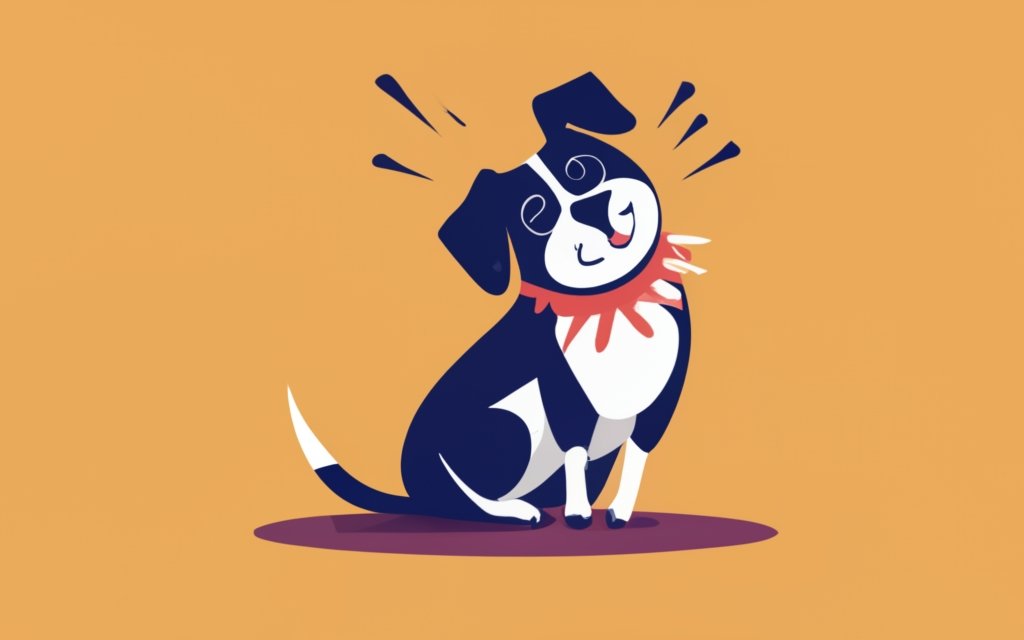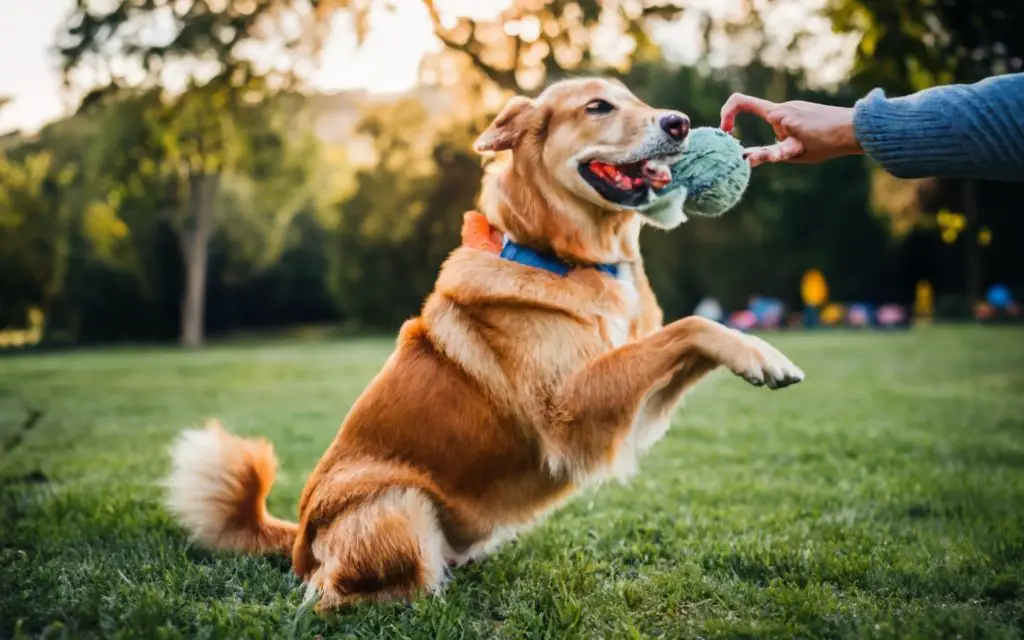Have you ever wondered about “why is my dog shaking?” is it a call for help? Now, friends who also adore dogs, let’s admit it—in the greatest possible way! Discover the mysteries hidden behind those shivers as we explore the fascinating world of dog shakes.
here’s What we are going to cover in this blog
- Can happiness really make a dog shake like a belly-rub-lovin’ maraca?
- What everyday stressors can trigger a pup’s inner earthquake?
- Do those adorable little Chihuahuas have a built-in shiver button? (Spoiler: It’s kind of true!)
- A handy cheat sheet to translate those tremors and become a fluent speaker of “dog shake.”
- Expert advice on how to provide a stress-free environment for your pet where shakes are only symbolic of pure, unrestrained joy!
- Now, put on your cozy detective cap, get your favorite snacks (for both you and your dog, naturally), and let’s start this exciting journey!
Reasons for the Shakes:
Excitement and Joy:

Dogs may shake when they are happy. The American Kennel Club states that a dog may shake only to indicate happy enthusiasm occasionally, which will stop when the dog is allowed access to the source of her excitement. But it’s crucial to remember that shaking can sometimes indicate tension or depression.If you see your dog trembling, attempt to figure out what’s causing it. There’s no reason to be concerned if your happy dog is shaking. Still, if your canine is shaking because they’re anxious or perturbed, try to remove the source of their stress or give them a safe haven. It’s always a good idea to communicate your veterinarian to rule out any health issues if you’re doubtful of the reason behind your canine’s shaking
Fear, Anxiety, and Stress
One of the most common reasons for shaking in dogs is fear, anxiety, and stress . Dogs may tremble only at the veterinarian, while others start shaking the second a stranger looks their way . You can determine if your pet is stressed by looking for other clues, which may include excessively wide or squinty eyes .
Pain or Illness
In dogs, shaking can indicate a medical condition. Trembling and shaking dogs may be a sign of a potentially fatal illness like kidney failure, intoxication, or trauma. Tykes may fluctuate due to illness, low blood calcium, and seizure conditions aswell.However, try to figure out what is going on, If you notice your canineshivering.However, it’s imperative that you take them to the veterinarian for a scan, If your canine is shaking due to a medical issue.
Old Age
Dogs get older, some develop tremors in their hind legs.Certain dogs get tremors in their hind legs as they get older. It is also possible for the front legs to shake sometimes.
Cold Weather
Brrr! Just like us, chilly pups might shake to generate warmth. Cuddle them up in a cozy blanket or sweater to keep those shivers at bay.
What Can You Do to Help?

There are various things you may do to assist if you see your dog trembling. First, attempt to determine what’s causing the shaking. If your dog is cold, provide them with a warm blanket or sweater . If your dog is anxious or stressed, try to remove the source of the stress or provide them with a safe space . If your dog is in pain or ill, take them to the vet for a checkup . If your dog is shaking due to old age, provide them with a comfortable bed and plenty of love and attention .
A Breed Predisposition:

Certain breeds like Chihuahuas and Italian Greyhounds are naturally prone to shaking, especially when cold. Their tiny bodies often have trouble regulating temperature, leading to involuntary shivers.
A Handy Help Guide:
| Cause | Symptoms | What to Do |
| Excitement and Joy | Tail wagging, playful body language | Enjoy the moment! Provide the source of their excitement |
| Fear and Anxiety | Wide eyes, tucked tail, whining | Remove the stressor, offer calm words and gentle strokes |
| Stress and Tension | Pacing, panting, drooling | Create a calm environment, provide ample exercise and playtime |
| Pain and Illness | Lethargy, loss of appetite, unusual behavior | Consult your vet immediately |
| Cold Weather | Shivering, seeking warmth | Provide blankets or sweaters, adjust indoor temperature |
Bonus Tips:

- Establish a consistent and peaceful atmosphere for your dog.
- Engage in regular exercise and playtime to release stress.
- Keep an eye out for your dog’s voice and body language signs.
- Trust your gut; if you’re concerned, consult a veterinarian.
Conclusion
Ultimately, there are many reasons why dogs shake, such as cold, excitement, tension, worry, pain, disease, and old age. Finding the source of your dog’s shaking and taking the necessary steps are crucial. It is possible to contribute to your pet’s happy and healthy life by giving them the attention and care they require.







Pingback: Can Dogs Eat Strawberries? 3 Reasons Yes (Safely!), Plus Fun Berry Treats! -
Pingback: why does my dog lick me so much?Unveiling 5 Pawsome Reasons! -
Pingback: Paws Off the Carpet! 4 reasons Why does my Dog Scratch the Carpet? -
Данный портал собирает свежие новостные материалы на любые темы.
Здесь вы легко найдёте события из жизни, бизнесе и разнообразных темах.
Контент пополняется почти без перерывов, что позволяет следить за происходящим.
Понятная навигация делает использование комфортным.
https://richlifestyle.ru
Каждая статья оформлены качественно.
Мы стремимся к честной подачи.
Читайте нас регулярно, чтобы быть всегда информированными.
Your comment is awaiting moderation.